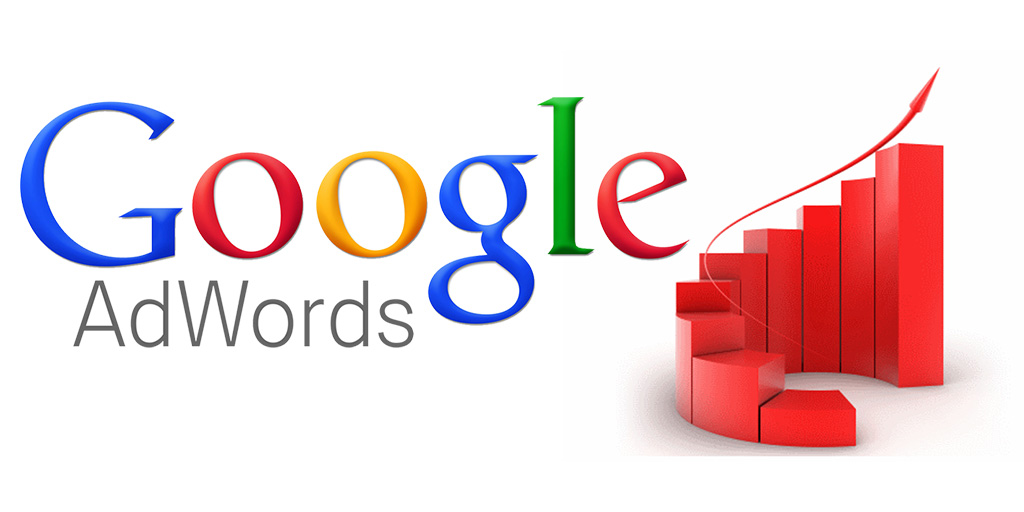Google AdWords or Search Engine Marketing, is a digital marketing strategy that involves promoting a website by increasing its visibility in search engine results pages (SERPs) through paid advertising. It’s a way to reach potential customers quickly by placing ads at the top or bottom of search results, marked as “Ad” or “Sponsored.”
Here’s a professional and simplified explanation of SEM:
1. **Ad Campaign Creation:** SEM begins with creating targeted ad campaigns using platforms like Google Ads. In these campaigns, you select specific keywords and phrases relevant to your business or product.
2. **Bid Strategy:** You set a bid, which is the amount you’re willing to pay when a user clicks on your ad (Pay-Per-Click or PPC). The higher your bid, the more likely your ad will appear prominently in search results for those keywords.
3. **Ad Copy:** You write compelling ad copy that’s displayed in the search results. This copy should be engaging, relevant to the user’s query, and include a clear call to action.
4. **Ad Extensions:** You can enhance your ads with extensions like location information, phone numbers, or additional links to specific pages on your website. These extensions provide more details and make your ad more informative.
5. **Budget Management:** You set a daily or monthly budget for your ad campaigns, and the platform will not exceed this limit. This way, you have control over your advertising expenses.
6. **Auction Process:** When a user enters a search query matching your selected keywords, an auction takes place among advertisers. The search engine determines the most relevant and high-bidding ads to display in the search results.
7. **Ad Placement:** If your ad wins the auction, it’s displayed in the search results, often at the top or bottom of the page, with a clear “Ad” label to indicate that it’s a paid result.
8. **Performance Monitoring:** You constantly monitor the performance of your ads, tracking metrics like click-through rate (CTR), conversion rate, and return on investment (ROI).
9. **Adjustments:** Based on the performance data, you can make adjustments to your campaigns, such as refining your keyword selection, modifying ad copy, and adjusting your bid strategy to improve results.
In summary, SEM is about paying for online advertising to appear in search results for specific keywords. It’s an effective way to reach your target audience quickly, and you have control over how much you spend. By crafting compelling ads and optimizing your strategy based on data, you can drive traffic to your website and achieve your marketing goals.





